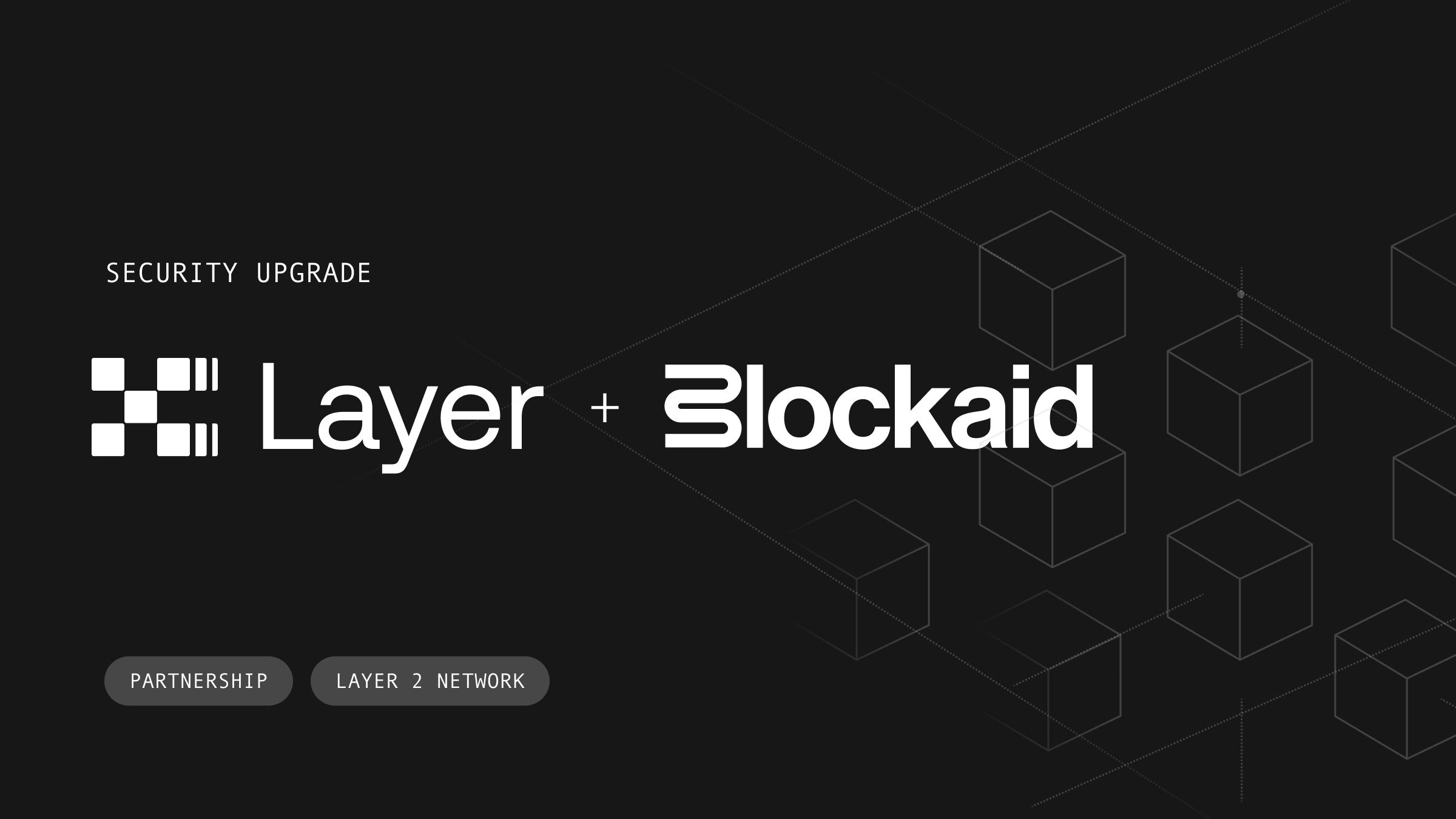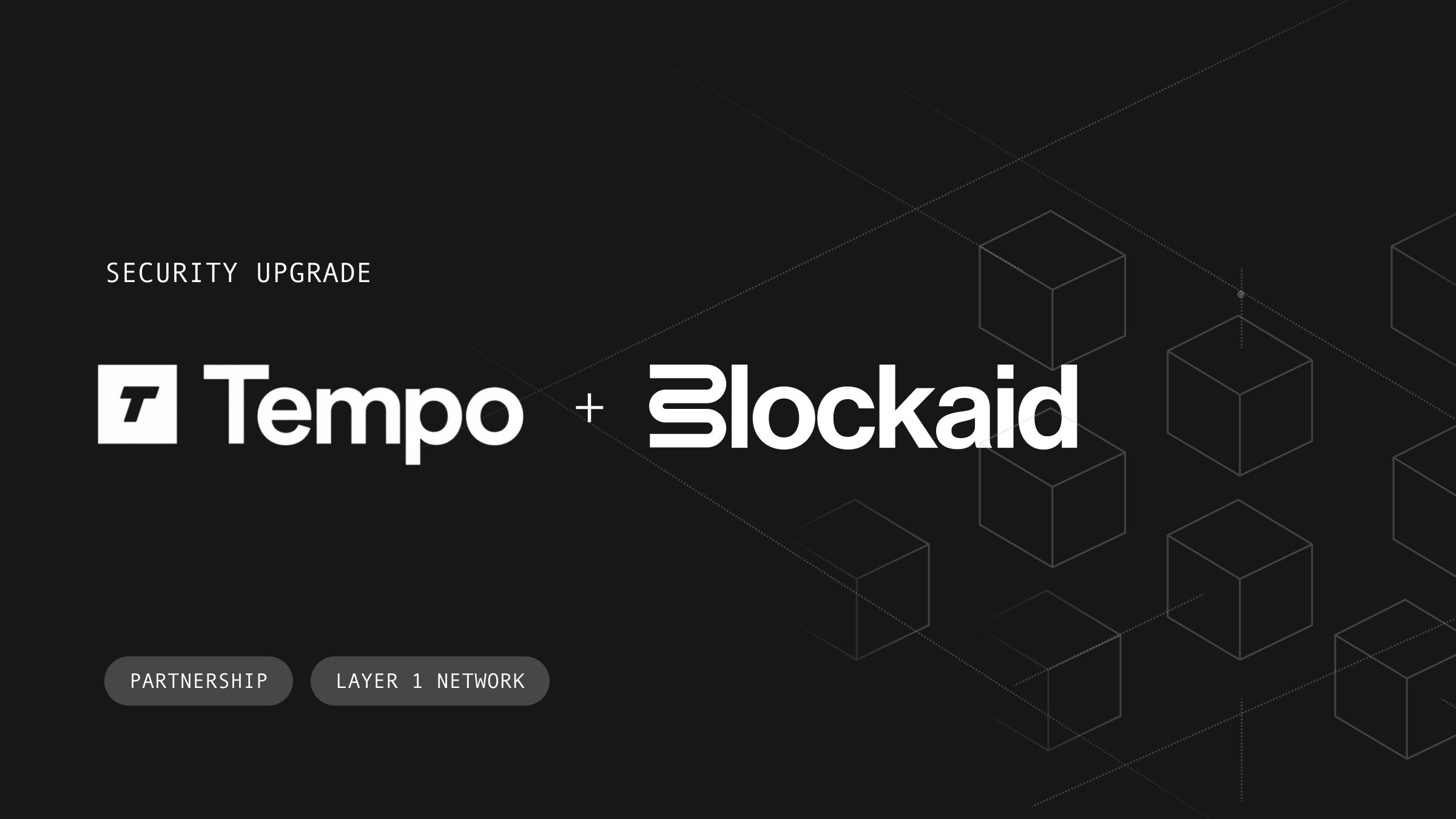What the White House Executive Order Means for Every Company Building Onchain

On July 25, 2025, the White House issued its first‑ever comprehensive executive order on digital assets and blockchain infrastructure titled Strengthening American Leadership in Digital Financial Technology.
The executive order comes on the heels of the passage of the Genius Act, along with progress made on Market Structure legislation.
For the first time in U.S. history, the federal government formally recognized the need for proactive, onchain security, including an explicit recommendation that all participants:
“Use tools to simulate and validate transactions prior to signing to confirm the intent of the transaction matches the outcome.”
(p. 121)
This is not a minor footnote; it’s a turning point for the industry. Until now, onchain security has been guided by voluntary best practices, often adopted only by leaders in the space. Now it’s a policy priority at the highest level of government.
Why the executive order matters
The executive order signals that prevention‑first security is becoming the expected baseline for operating onchain:
- Blind signing is broken. Many users and institutions cannot reliably detect malicious transactions before they execute.
- Reactive detection isn’t enough. Once a signature is broadcast, there’s no reversing the damage.
- Simulated validation is the safeguard. Pre‑signature simulation and validation can detect fraud, scams, and exploits before they execute, preventing irreversible loss.
The EO echoes what security leaders have long warned: onchain safety must be enforced before a transaction is signed, not after the fact.
Regulatory implications
While the EO itself is not a binding regulation, it will inform the next wave of rulemaking from agencies like the SEC, CFTC, and Treasury. These agencies have the authority to translate this policy direction into enforceable compliance obligations.
For companies building onchain, that means pre‑signature simulation and validation will soon shift from a best‑practice recommendation to a formal regulatory requirement, with potential penalties for non‑compliance.
What it means for every company building onchain
Institutional custodians, asset managers, venture funds, and financial institutions
The EO’s language effectively sets a new fiduciary duty: clients, LPs, and regulators will expect every outbound transaction to be simulated and validated before signing.
This includes protecting against address poisoning, wallet drainers, TOCTOU attacks with simulation bypasses, EIP‑712 message simulation, blind signing, and more.
Failing to implement this now risks regulatory scrutiny, fiduciary liability, and brand damage in the event of a compromise.
Action: Integrate pre‑signature simulation into treasury and client transaction flows. Document and demonstrate compliance before it’s mandated.
Consumer‑facing crypto apps
Wallets, exchanges, and payment platforms are now on notice: security UX is part of compliance. The EO’s guidance will quickly become an industry standard and likely a requirement in future regulation.
This includes protecting against malicious token approvals, fake dApp interactions, scam airdrops, phishing‑triggered transactions, blind signing, and more.
Action: Embed simulation directly into the user flow so every transaction is automatically analyzed, with clear, actionable alerts if malicious intent is detected.
Protocols and onchain operators
While smart contract audits are critical, they don’t protect end users from malicious interactions via compromised front‑ends, phishing campaigns, or transaction injection.
This includes protecting against governance attack proposals, malicious upgrade transactions, injected calldata exploits, front‑end compromises, and more.
Action: Collaborate with wallets and dApps to integrate simulation at the protocol level. Make “safe to interact” a defining feature of your network.
Chains (layer‑1s and layer‑2s)
Chains can differentiate by making safety a default — embedding simulation into their wallets, wallet SDKs, and developer tools.
This includes protecting against unsafe default RPC responses, chain‑specific phishing exploits, token metadata spoofing, and malicious cross‑chain bridge transactions.
Action: Provide native simulation APIs or partner with security providers to give every developer the ability to protect users by default.
Auditors, infrastructure providers, and policymakers
The EO is a call for cross‑ecosystem collaboration:
- Auditors can expand their scope to include simulation coverage testing.
- Infrastructure providers (RPC, bridges, oracles) can integrate simulation endpoints to safeguard downstream apps.
- Policymakers now have a concrete, technology‑specific tool to embed in legislative proposals and security frameworks.
Regulatory clarity for crypto security is here. Blockaid can help.
This executive order makes it clear: the only effective defense is to stop malicious transactions before they’re signed.
Blockaid is the leading provider of this capability and is already trusted by Coinbase, MetaMask, Kraken, Uniswap, World App, and others to protect billions in assets every day.
We provide:
- Real‑time transaction simulation for any wallet, dApp, or institutional platform.
- Detection of scams, exploits, and fraud before execution.
- An automated cosigner that provides a final check on quorum‑based (multisig/MPC) wallets to ensure transactions meet policy requirements and are safe to sign.
Recap
The White House has moved pre‑signature simulation from an industry best practice to a federal policy priority.
The message to the market is simple: If you operate onchain, you must protect your users before they hit “Sign.”
For years, the best companies in crypto have treated this as a moral obligation. Soon, it won't just be good practice; it will be a requirement.
Blockaid is securing the biggest companies operating onchain
Get in touch to learn how Blockaid helps teams secure their infrastructure, operations, and users.




